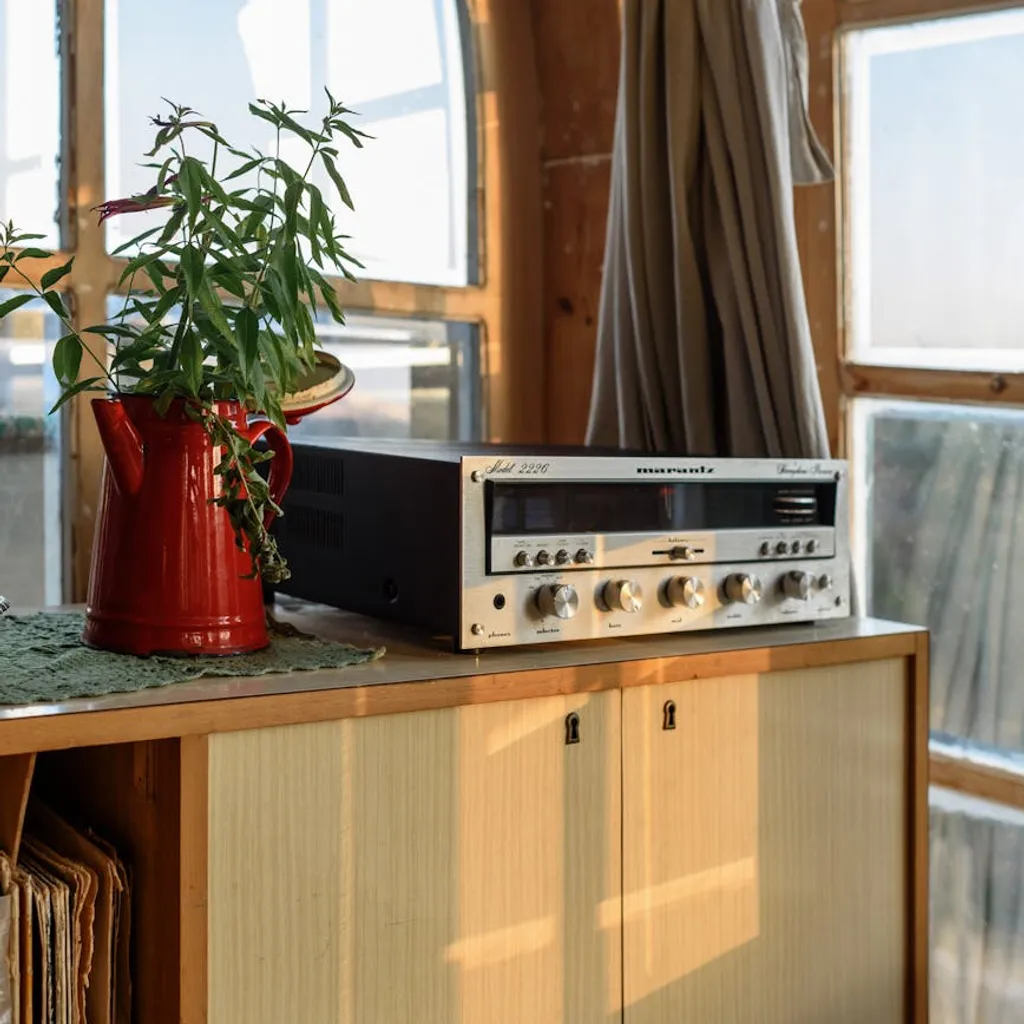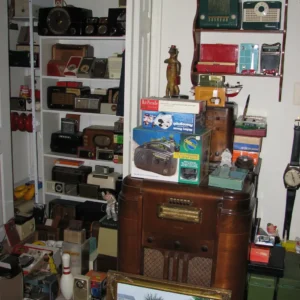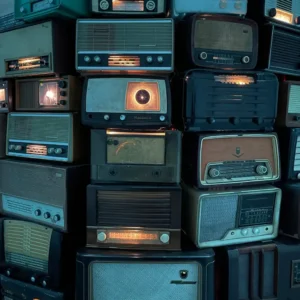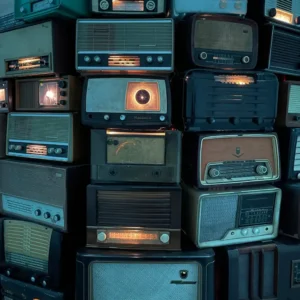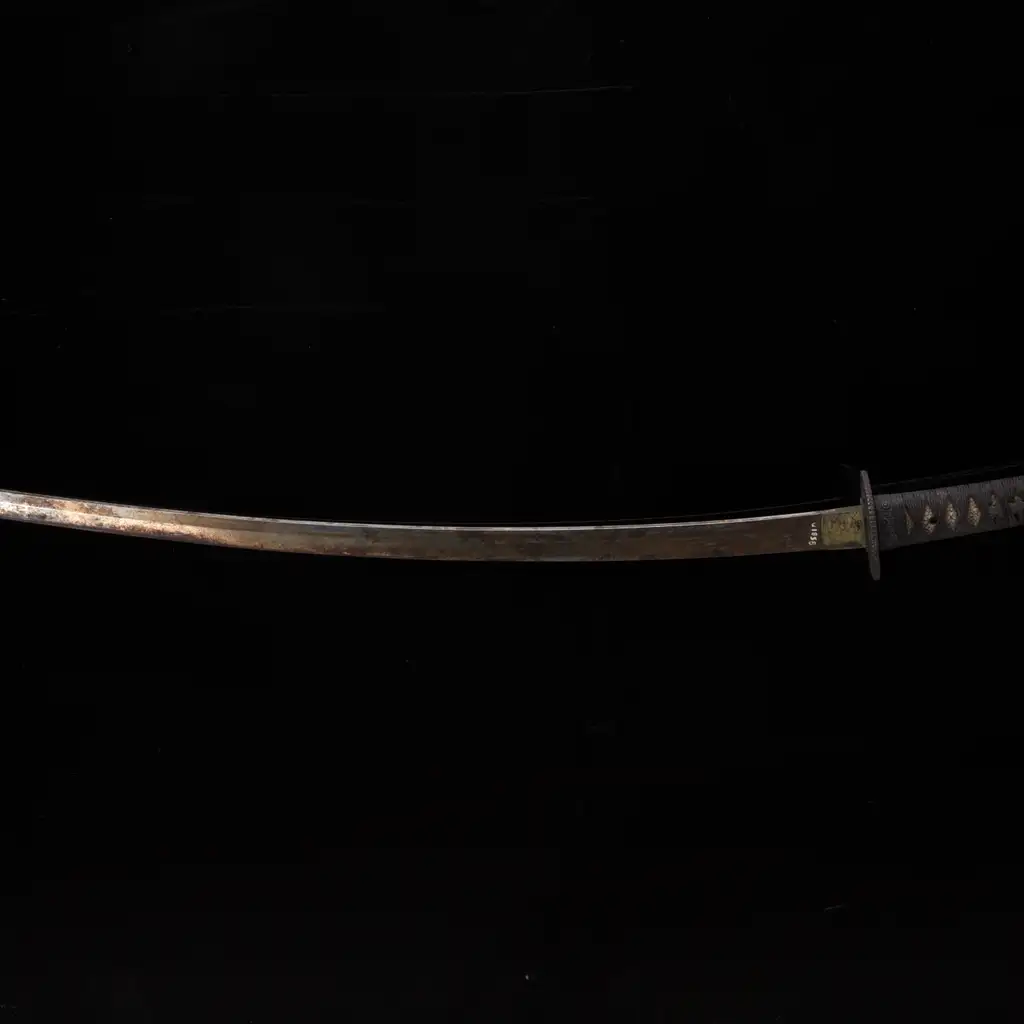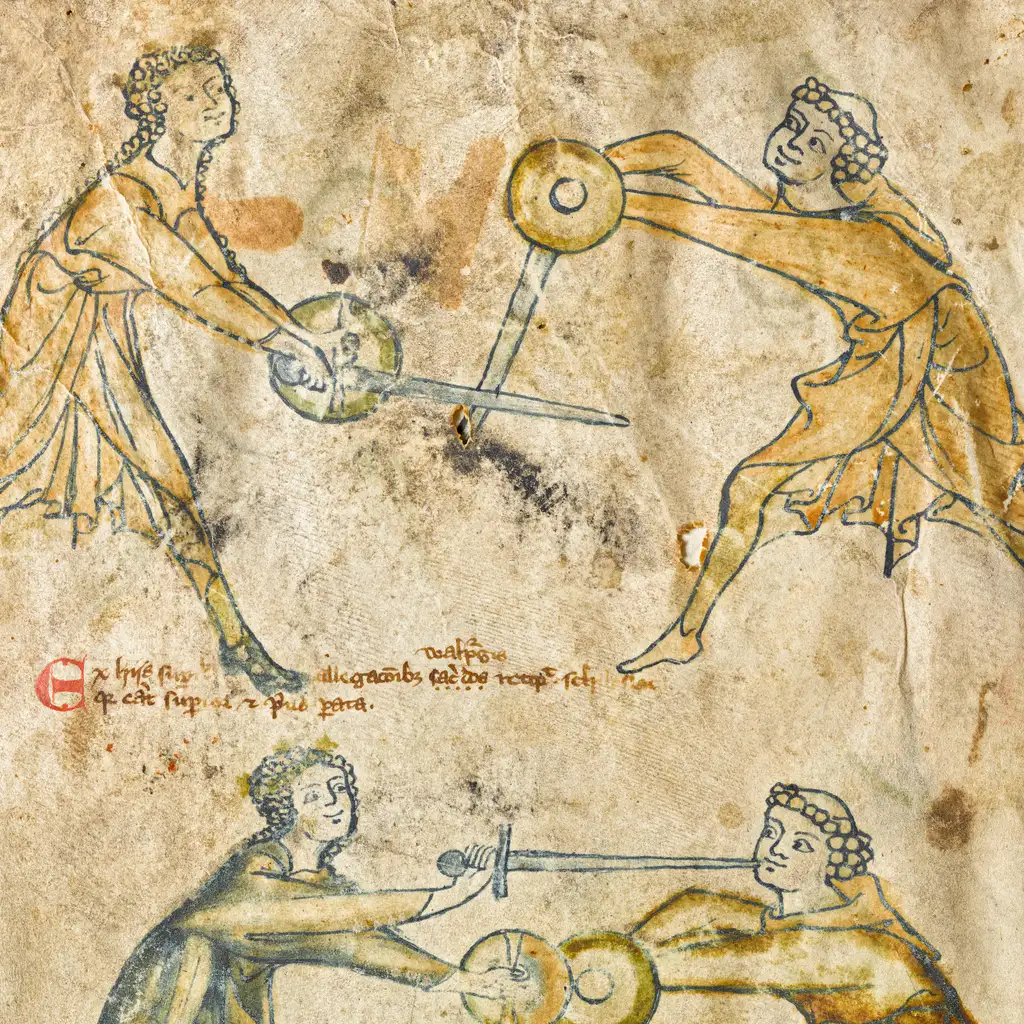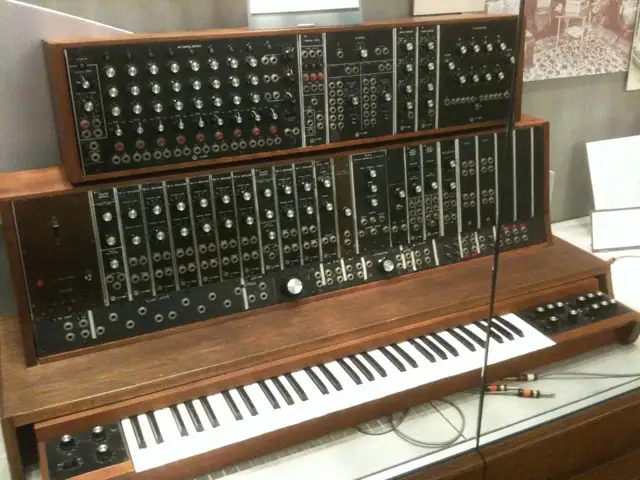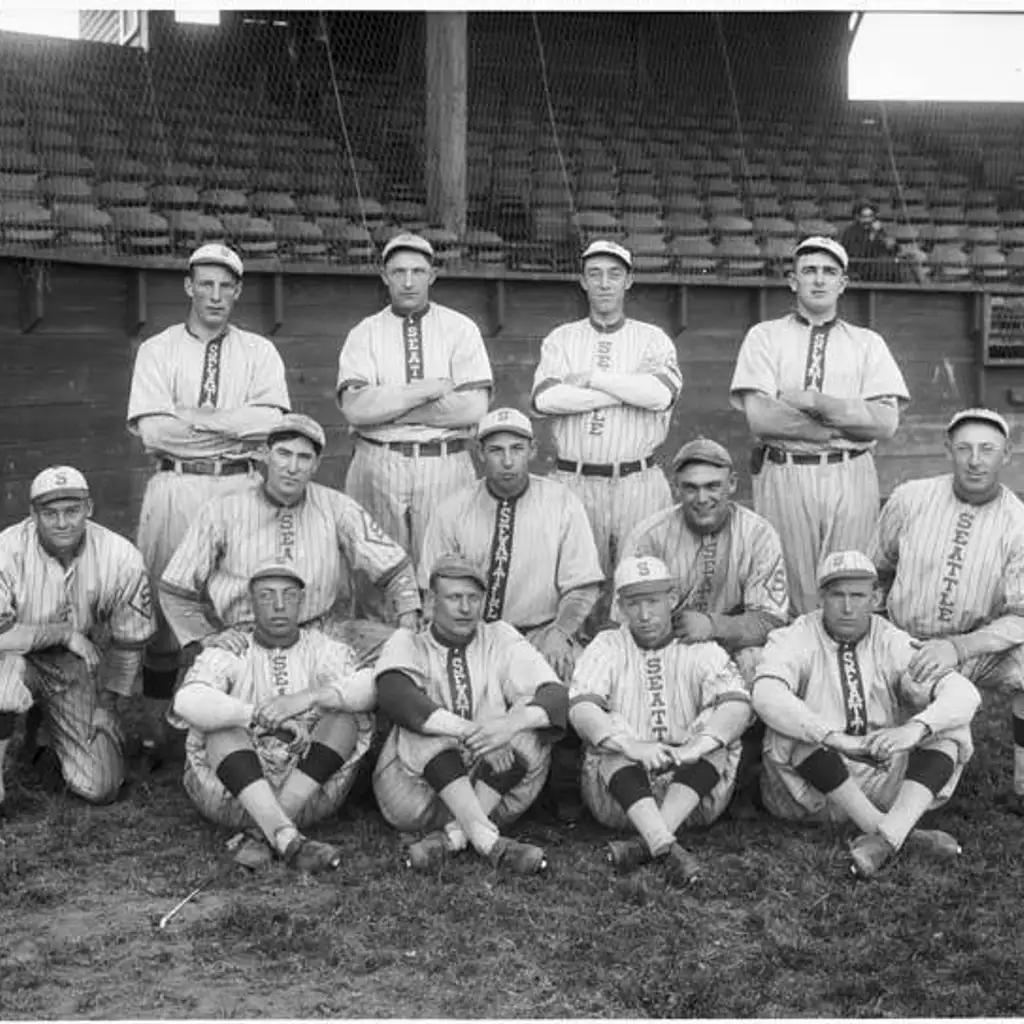Understanding Antique Tube Radios
Antique tube radios operate using essential components like vacuum tubes, transformers, capacitors, resistors, and a speaker. The vacuum tubes are the core of these devices, amplifying audio signals to create the rich, warm sound that tube amplifiers are famous for. Before any modifications, it’s vital to restore these components, replacing any deteriorated parts to ensure the radio functions correctly.
Steps to Repurpose an Antique Radio as an Amplifier
- Inspect and Restore the Radio
Begin by examining and replacing any worn or damaged components, such as capacitors or resistors. This restoration ensures the radio operates as intended and provides a stable foundation for modifications. - Adding an Input for Modern Audio Sources
The next step is to add an input jack that enables the connection of external devices, like smartphones, MP3 players, or computers, transforming the radio into a versatile amplifier. There are several ways to add this functionality:- Basic Setup: For a simple solution, you can connect the left and right audio channels from the external device to the radio’s amplifier section using resistors and capacitors. This method is straightforward and cost-effective, as precise component values aren’t critical.
- High-Fidelity Setup: For better audio quality, use a transformer to mix the audio signals from the external source with the radio’s internal circuitry. The transformer provides isolation, protecting the radio’s components and minimizing interference.
- Adding a Switching Mechanism
To toggle between the radio’s original audio source and an external source, you can install a switching mechanism. In some setups, the radio’s on/off knob can be repurposed to control this switch, creating a seamless user experience.
Examples of Successful Conversions
A couple of successful projects highlight the versatility and appeal of these repurposed radios:
- 1948 Philco Portable Radio: Restored to its original function, this radio was also modified to amplify audio from a vintage iPod. The combination of analog warmth with digital music sources results in a unique and high-quality sound experience.
- Zenith Transoceanic AM/Shortwave Radio: This iconic radio was carefully restored and augmented with a modern input jack, allowing it to serve as an audio amplifier for various external devices. The final product maintains the vintage aesthetic while delivering improved audio functionality.
Benefits of Repurposing Antique Radios
Repurposing an antique radio as a tube amplifier allows you to enjoy both the vintage design and the rich sound of tube amplification with modern sources. This project requires some technical knowledge but offers a rewarding experience for audio enthusiasts and DIY hobbyists alike. The result is a one-of-a-kind audio device that celebrates the past while embracing the present, letting you enjoy a unique audio experience with warmth and character that only vintage equipment can provide.
